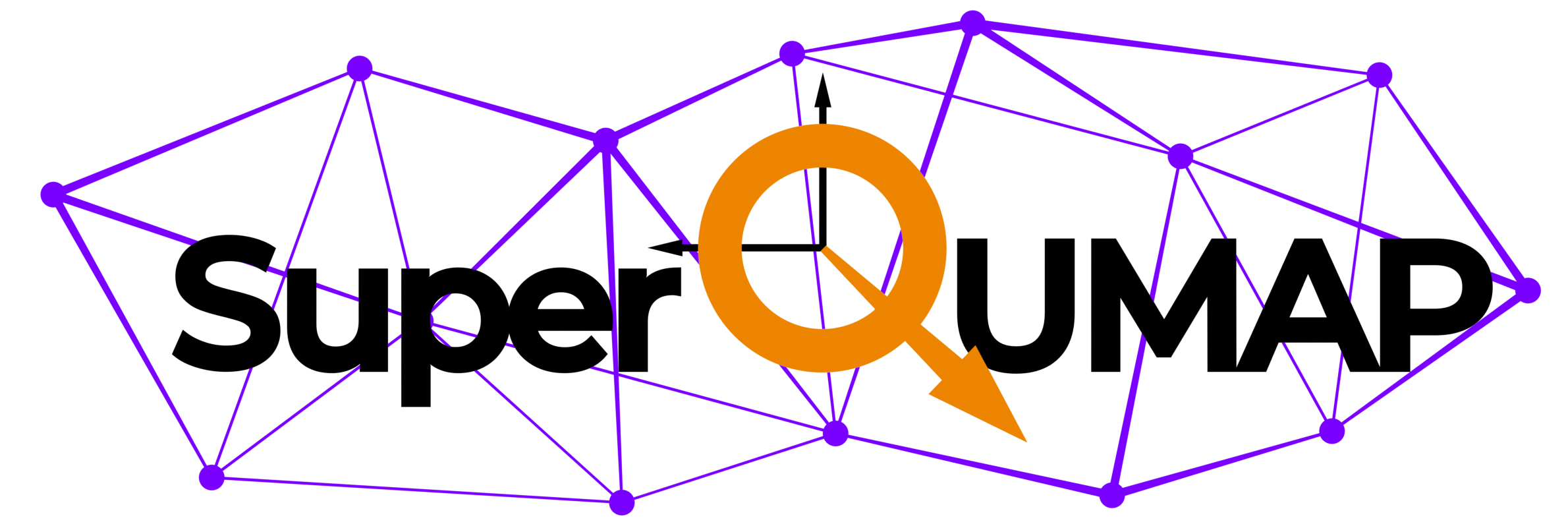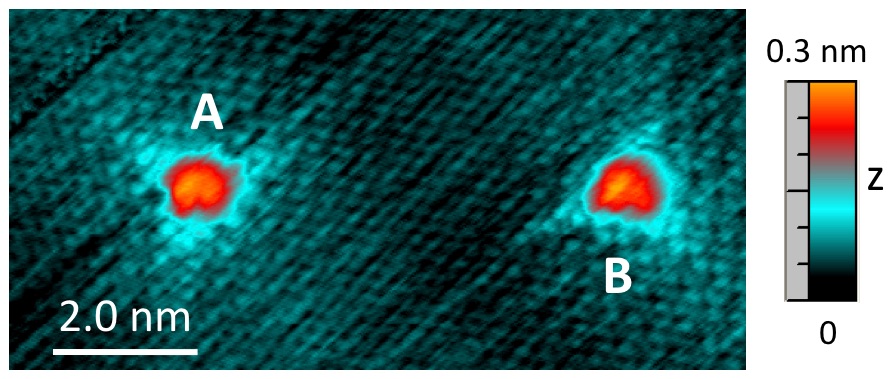The STSM took place in the group of Prof. Ivan Brihuega, at the Departamento Fisica de la Materia Condensada, Universidad Autonoma de Madrid, in Spain. It is part of a long lasting collaboration between the spanish and french groups, aiming at controlling at the nanoscale both superconductivity and magnetism in graphene, in principle not hosting such properties. Here magnetism is introduced by adsorption of individual hydrogen atoms, and superconductivity is obtained by proximity with Pb islands. We use a low temperature scanning tunneling microscope (STM) in ultra-high vacuum conditions. We have demonstrated the capability to manipulate individual H atoms or/and Pb islands with the STM tip, in order to build desired configurations at the nanoscale. By performing spectroscopic measurements on single H atoms close to Pb islands, we managed to detect the exotic Yu-Shiba-Rusinov states, within the bandgap of superconducting graphene.
The main achievement during this STSM was to go beyond this discovery, by probing the spectroscopic signature of a small assembly of such H atoms. The simple one is the so called AB pair (one H atom on graphene sublattice A, the other a few nm away on B sublattice). Regarding, magnetism, the ground state of such a pair is S=0, and the magnetic coupling is antiferromagnetic. By performing spectroscopic measurements, we could measure the inelastic threshold (10 to 40 meV), corresponding to the spin excitation S=0 ® S=1 of the different AB pairs. Remarkably, we found that the antiferromagnetic coupling occurs on very large distances (up to 6nm), demonstrating a large-scale efficiency of the direct exchange coupling.
All the results quoted above correspond to exciting breakthroughs, where interacting magnetic moments and possible related unconventional in-gap states are induced in superconducting graphene by hydrogen adatoms, positioned at will with atomic precision. The collaboration will continue in the future, with the theoretical supports of J. Fernandez Rossier (INL, Braga, Portugal) and and J. Lado (Aalto Univ., Finland).




